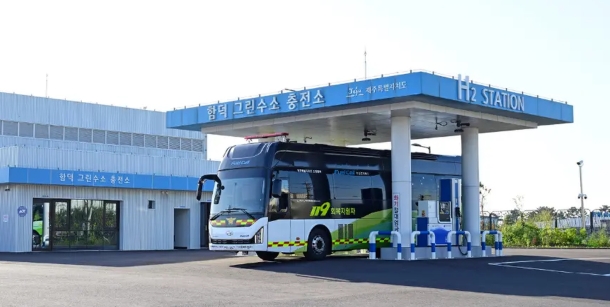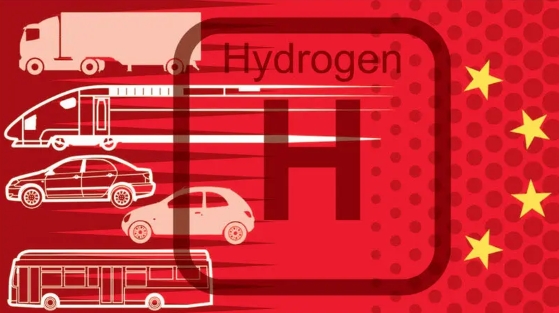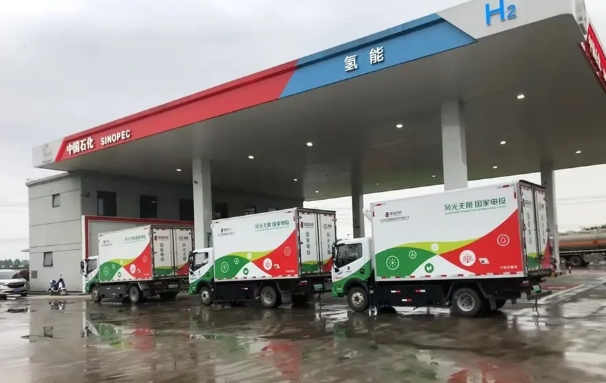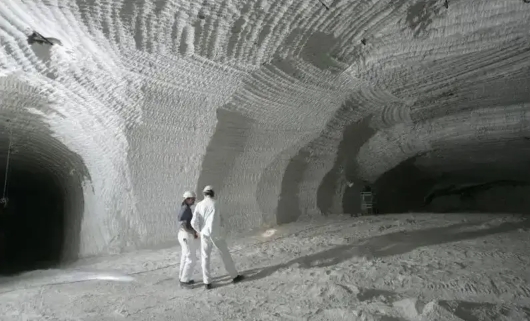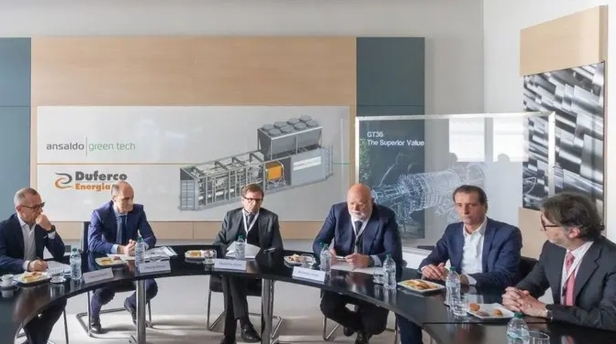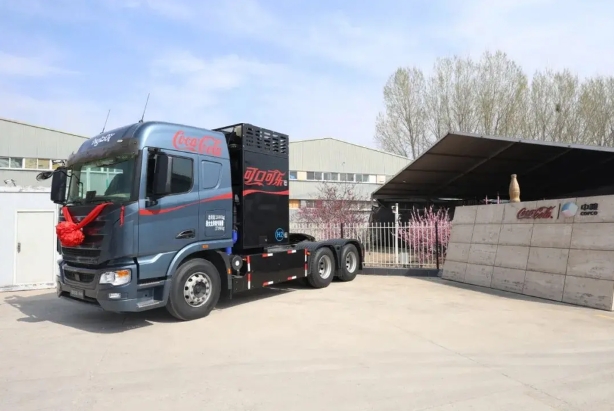A new study by a team at the National Renewable Energy Laboratory (NREL) concludes that a high-pressure, scalable, intra-city hydrogen pipeline system could improve the economics and logistics of hydrogen delivery, making it potentially cost-competitive with gasoline. An open-access paper on the work is published in the journal Transportation Research Part D: Transport and Environment.
To be competitive, hydrogen must be produced, delivered to stations, and dispensed at a cost comparable to competing fuels (after adjusting for the efficiency differences between FCEVs and other vehicle types)—while offering the reliability and convenience of gasoline fueling. However, owing to small scale and limited competition, dispensed hydrogen fuel prices currently are higher, averaging about $16.30/kg in California in the third quarter of 2018. About half of the levelized cost of retail station hydrogen can be attributed to hydrogen delivery, compression, and dispensing costs. The U.S. Department of Energy (DOE) estimates that a dispensed cost of about $7/kg must be achieved to make FCEVs competitive with gasoline internal combustion engine vehicles in early FCEV markets.
… This article compares the economics of various existing hydrogen-delivery methods with the economics of a novel variation on pipeline delivery: a high-pressure, scalable, intra-city pipeline system referred to here as the “HyLine” system. In the HyLine system, hydrogen would be produced at industrial or commercial sites near and within urban areas, compressed to 15,000 psi, stored at centralized facilities as necessary, delivered via high-pressure pipeline to retail stations, and dispensed directly into FCEVs.
—Penev et al.
The realization of the proposed HyLine system would require addressing a number of engineering and policy issues, the researchers note.
The proposed HyLine system operating pressures are significantly higher than those typically used for pipeline transport of gases. Ntaural gas transmission pipelines in the US typically operate at pressures of 200–1500 psi—10–75 times lower than the maximum HyLine operating pressure. Furthermore, these lower pressures are stepped down further, to 0.25–200 psi, in natural gas distribution pipelines.
Existing hydrogen pipelines, which are associated with industrial facilities such as oil refineries and chemical plants, operate at pressures around 500–1200 psi.
Use of pipelines at HyLine pressures would need to be preceded by sufficient engineering knowledge, operating experience, and time to enable widespread acceptance.
—Penev et al.
For the economic analysis, the team used NREL’s Hydrogen Financial Analysis Scenario Tool (H2FAST) to model the economics of a hypothetical HyLine system connecting hydrogen stations in the Los Angeles metro area. The smallest modeled system connects eight existing stations.
The authors assumed a total pipeline length of 38 miles (4.8 miles per station) based on the 27 miles of straight-line distance between the stations and a detour index (ratio of pipeline miles to straight-line miles) of 1.4.The current real-world capacity of the eight stations is 2720 kg/day, or 340 kg/d per station on average.
In the analysis, the team assumed each station has a capacity of exactly 400 kg/d in the smallest-delivery scenario (3200 kg/d total), to account for near-term capacity growth.
The researchers also modeled two expanded scenarios with larger numbers of higher-capacity stations along the same pipeline route: 16 stations at 950 kg/d each (15,200 kg/d total), and 24 stations at 1500 kg/d each (36,000 kg/d total).
In all scenarios, they assumed 65% utilization—a midpoint between today’s approximate utilization of 50% and an estimate of 80% for more established markets.
In the 24-station scenario and with hydrogen produced via steam methane reforming, HyLine could potentially achieve a profited hydrogen cost of $5.3/kg—approximately equivalent to a gasoline cost of $2.7/gal (assuming FCEVs offer twice the fuel economy of internal combustion engine vehicles and vehicle cost is competitive).
It is important to note that significant effort would be required to develop technical knowledge, codes, and standards that would enable a HyLine system to be viable. However, our preliminary analysis suggests that the HyLine approach merits further consideration based on its potential economic advantages. These advantages could also include the value of minimizing retail space used by hydrogen compression and storage sited at fueling stations, which is not reflected in our analysis.
—Penev et al.
